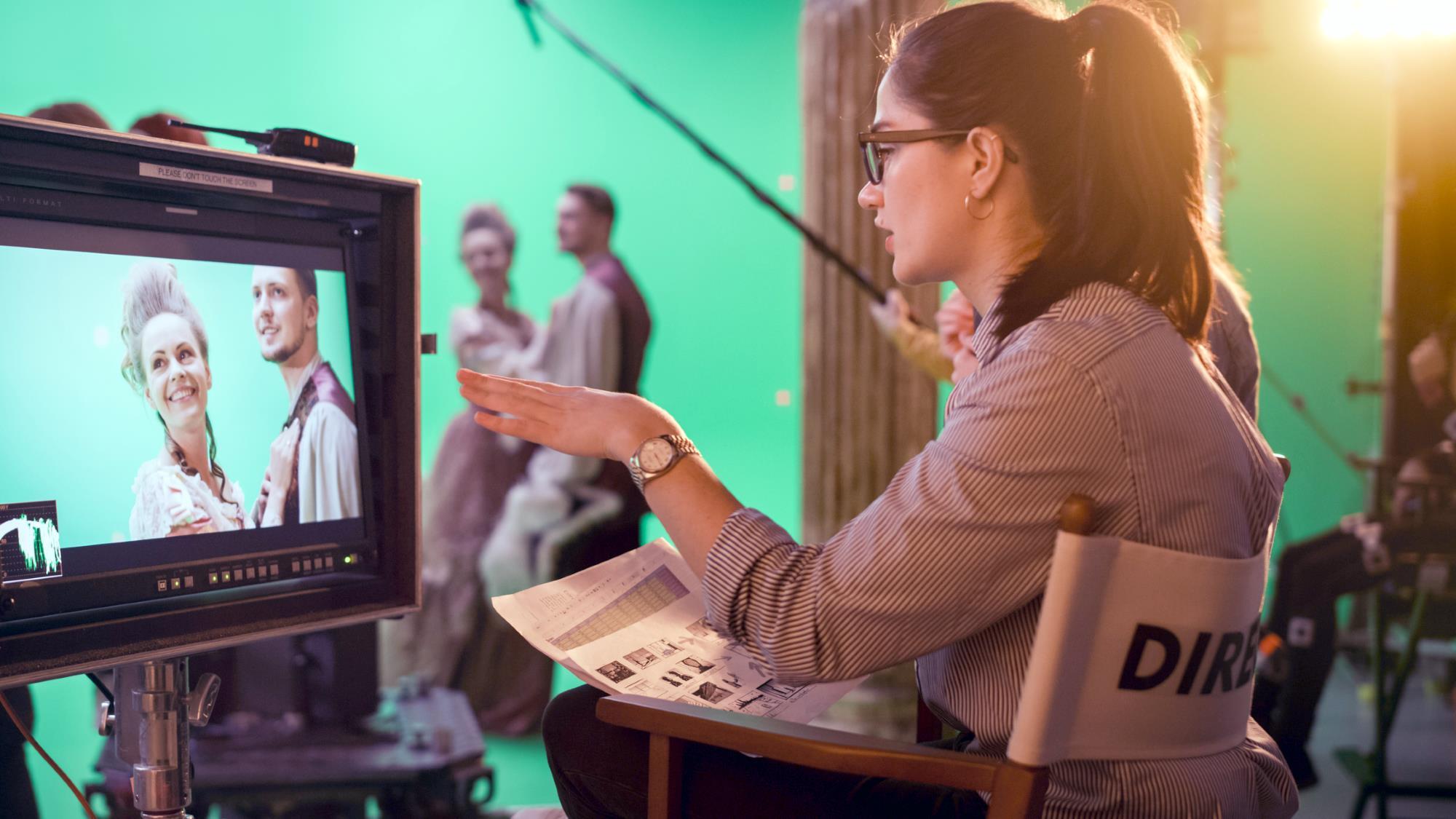In the realm of cinema, directors are often celebrated for their artistic vision and the unique narratives they bring to the screen. However, in an era increasingly defined by political polarization, a director’s personal beliefs can sometimes eclipse their creative achievements. This phenomenon raises a critical question: can a director’s political views overshadow their body of work? As audiences become more aware and vocal about the ideologies influencing the art they consume, the intersection of politics and filmmaking demands a closer examination. This article delves into the complex dynamics at play, exploring whether a director’s political stance enhances or detracts from their cinematic legacy, and how audiences navigate this intricate landscape.
Impact of Political Views on Artistic Legacy
The intersection of a director’s political views and their artistic legacy is a complex and multifaceted topic. In the realm of cinema, where storytelling is both a personal and public act, a director’s political stance can profoundly shape public perception of their work. Audiences and critics often grapple with the question: can one separate the art from the artist? This debate becomes particularly heated when a director’s political beliefs are controversial or polarizing.
Factors Influencing the Impact:
- Contextual Relevance: The political climate during the time of a director’s prominence can either amplify or mitigate the impact of their views on their work.
- Artistic Intent: Whether political themes are explicit or implicit in their films can affect how audiences interpret and value the director’s legacy.
- Public Persona: Directors who are vocal about their beliefs may find their political views becoming inseparable from their cinematic achievements.
Ultimately, the legacy of a director is a tapestry woven from their artistic contributions and the public’s reception of their political identity. While some may argue that a director’s political views should remain distinct from their body of work, others contend that these views inevitably color the narratives they choose to tell.

Analyzing Audience Perception and Bias
Understanding how audiences perceive a director’s work often involves delving into the nuances of personal biases. Political views can significantly influence audience perception, sometimes overshadowing the artistic achievements of a director. When audiences are aware of a director’s political stance, it can lead to a polarized view of their work, affecting both critical reception and box office performance. This phenomenon is particularly pronounced in politically charged environments where personal beliefs may be tightly interwoven with cultural consumption.
Consider the following factors that contribute to this dynamic:
- Media Influence: Coverage that highlights a director’s political views can skew public perception, leading audiences to view their work through a biased lens.
- Social Media Echo Chambers: Online platforms can amplify political opinions, creating echo chambers that reinforce pre-existing biases.
- Personal Values: Audiences often seek content that aligns with their own beliefs, which can either elevate or diminish a director’s reputation based on perceived political alignment.
Ultimately, the interplay between a director’s political views and audience perception underscores the complex relationship between art and ideology, challenging both creators and consumers to reflect on their own biases.

Balancing Artistry with Personal Beliefs
In the world of cinema, a director’s political views can serve as both a canvas and a lens through which their work is perceived. Artistry and personal beliefs often intersect, creating a complex tapestry that can enhance or overshadow a filmmaker’s creations. Directors, as artists, have the unique ability to weave their ideologies into their narratives, sometimes subtly, other times overtly. This intersection can lead to a richer, more nuanced storytelling experience, but it can also polarize audiences.
However, the challenge arises when personal beliefs begin to dominate the conversation around a director’s work. Considerations include:
- Audience Perception: Will viewers see the film as a standalone piece or a political statement?
- Creative Freedom: How does a director balance their vision with the potential backlash from differing viewpoints?
- Legacy Impact: Can a director’s political stance alter the lasting impact of their body of work?
Ultimately, while a director’s beliefs are an intrinsic part of their identity, the artistry should ideally stand on its own, inviting audiences to engage with the work on multiple levels.

Strategies for Directors to Navigate Public Opinion
Directors often find themselves at the crossroads of public perception and personal expression. To effectively navigate this landscape, it is crucial for them to adopt strategies that balance authenticity with audience expectations. Here are some actionable approaches:
- Maintain Transparency: Open communication about one’s views can foster trust. However, it’s essential to be thoughtful and considerate, ensuring that personal opinions do not alienate core audiences.
- Separate Art from Politics: By clearly distinguishing between personal beliefs and creative work, directors can mitigate the risk of their political views overshadowing their films.
- Engage with Diverse Perspectives: Actively listening to and engaging with different viewpoints can enrich a director’s work and broaden its appeal, allowing for a more nuanced public image.
These strategies, when effectively employed, can help directors maintain a robust professional reputation while staying true to their personal convictions.

